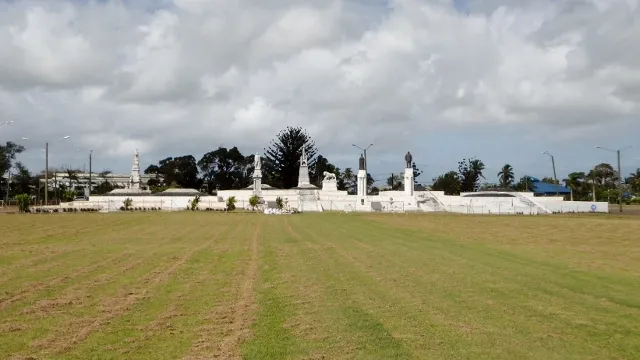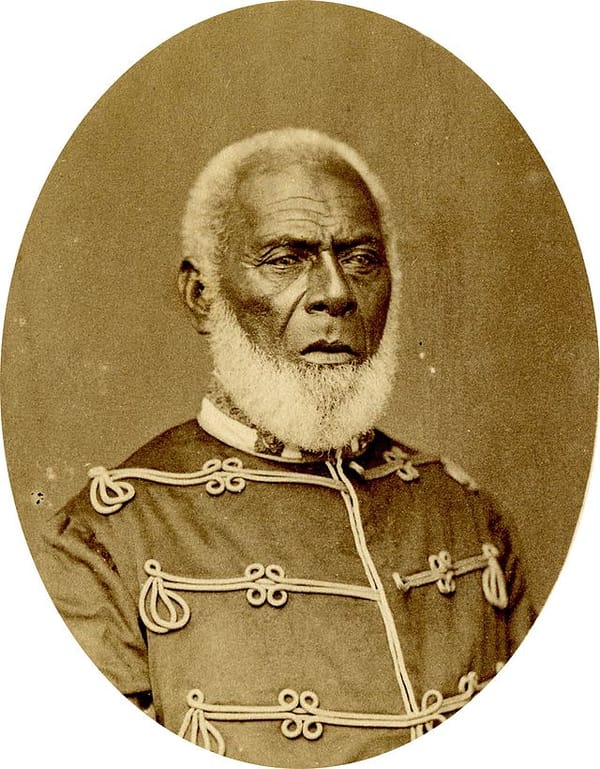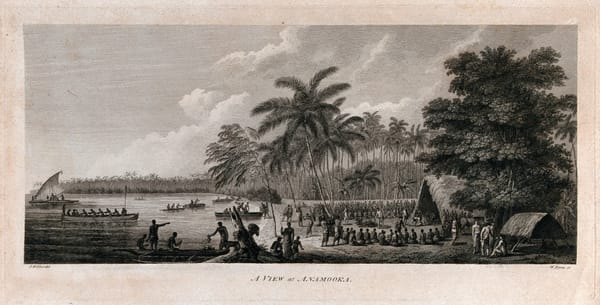The Evolution of Mala’ekula: A Chronicle of Heritage and Royal Resting Grounds

Originally named Prince Park, this expansive area served as a sports ground for Europeans. In 1885, a fundraising day was declared by His Majesty King George Tupou I to initiate the establishment of the first Government public school. The fundraising Festival took place with a predominant red theme, attracting attendees from outer islands and villages clad in red attire, while district and village banners also displayed the same hue. Following the successful red-themed fundraising Festival, the ground earned the name Mala’ekula, meaning "Red Ground." The choice of red was rooted in Christian beliefs, symbolizing the blood of Christ shed on the cross for the cleansing of transgressions.
In 1893, after the passing of His Majesty King George Tupou I, Mala’ekula was designated as the burial ground due to its central location within the Royal Estate. This positioning made it convenient for the catafalque bearers to march from the Royal Palace to Mala’ekula. King George Tupou I's embalmed body laid in-state at the Royal Palace during the construction of the Royal Tomb at Mala’ekula. Subsequently, King George Tupou I became the first to be interred, followed by members of the Royal House of Tupou.
Notable Burials at Mala’ekula:
- King Siaosi Taufa’ahau Tupou I (1893)
- Queen Lavinia (1902)
- Princess ‘Onelua (1911)
- Princess Siaosi Fatafehi Tu’ipelehake (1912)
- King Siaosi Tupou II (1918)
- Queen Salote Tupou III (1965)
- Princess ‘Elisiva Fusipala Tauki'onetuku (1933)
- Prince Tuku’aho (1936)
- Prince Consort Tungi Mailefihi (1941)
- Princess Melenaite Tupoumoheofo Tuku’aho (1993)
- Prince Fatafehi Tu’ipelehake (1999)
- Lord Ma’atu (Prince ‘Alaivahamama’o Tuku’aho) (2004)
- King Taufa’ahau Tupou IV (2006)
- King Siaosi Tupou V (2012)




